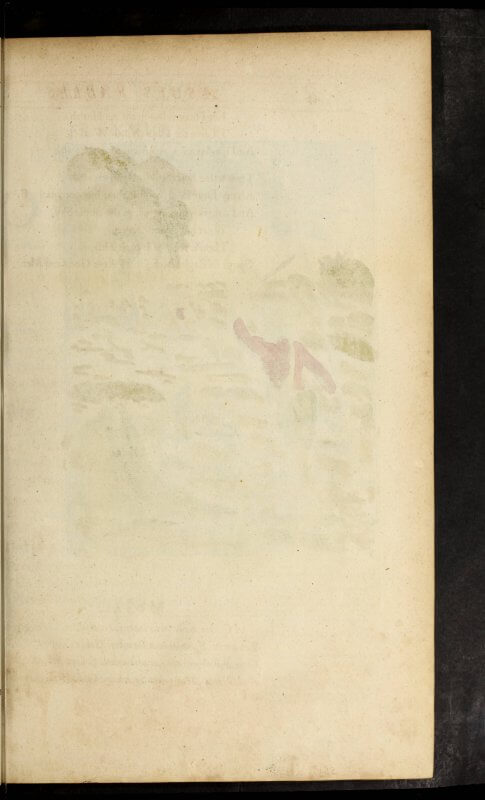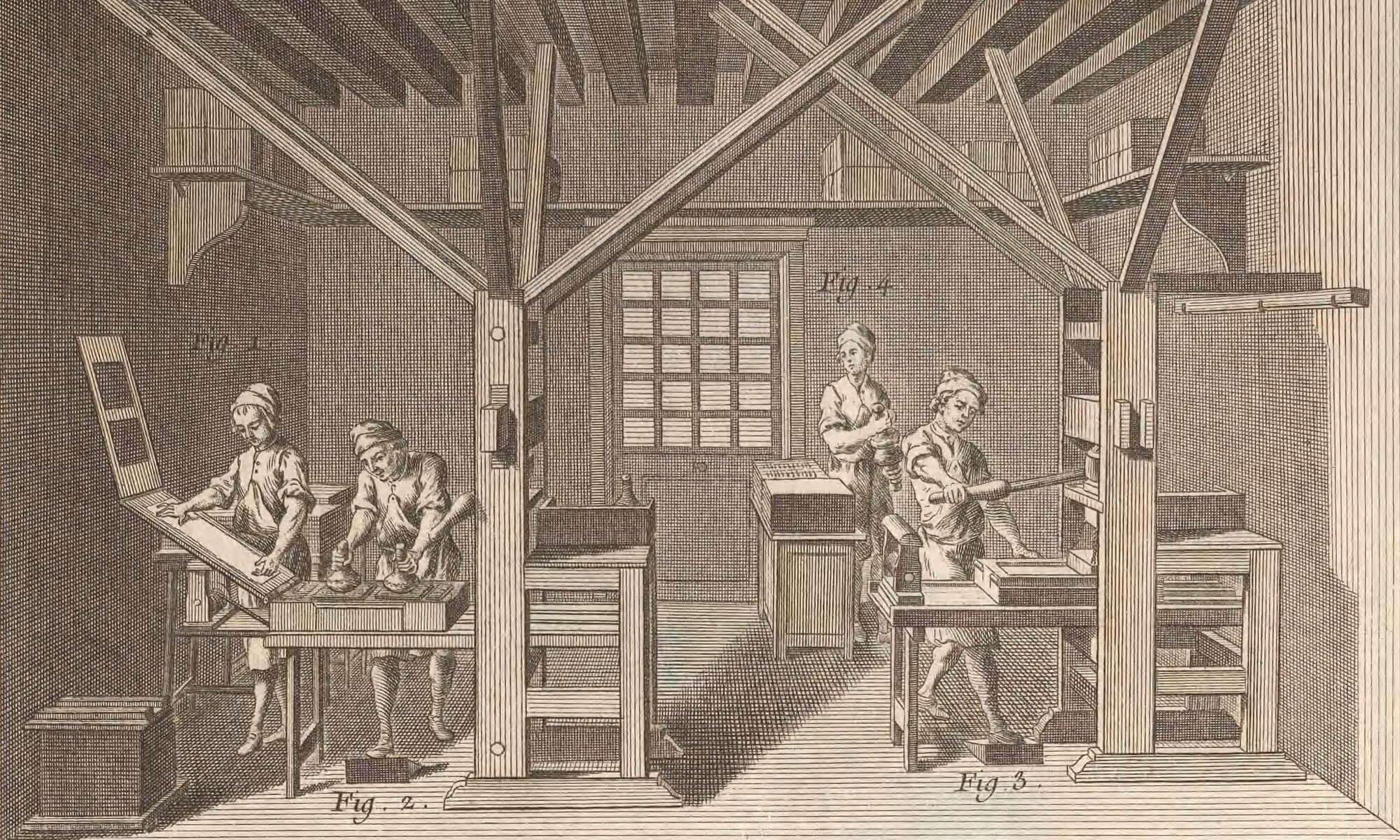Anatomical fugitive sheet (1573)
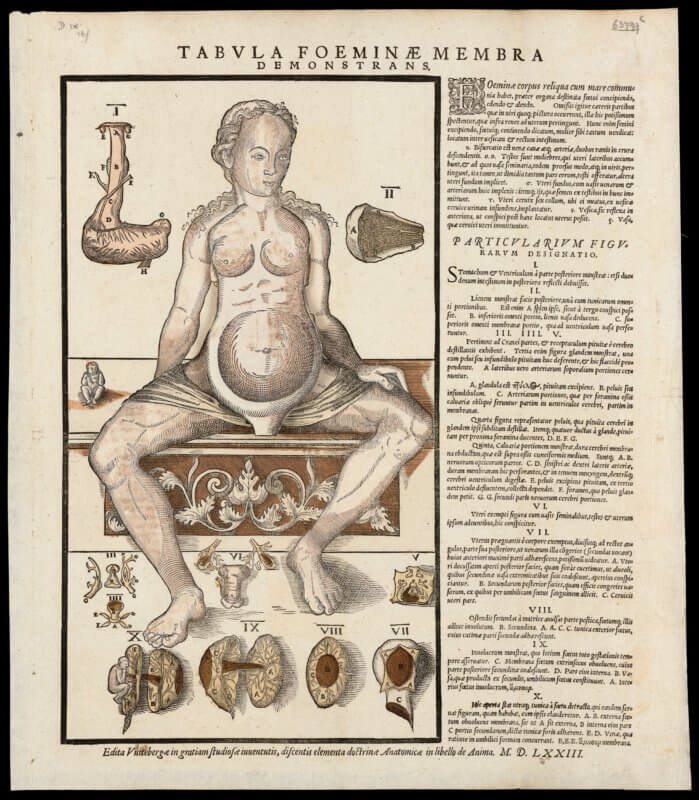
Anatomical fugitive sheet, flap 1 (1573)
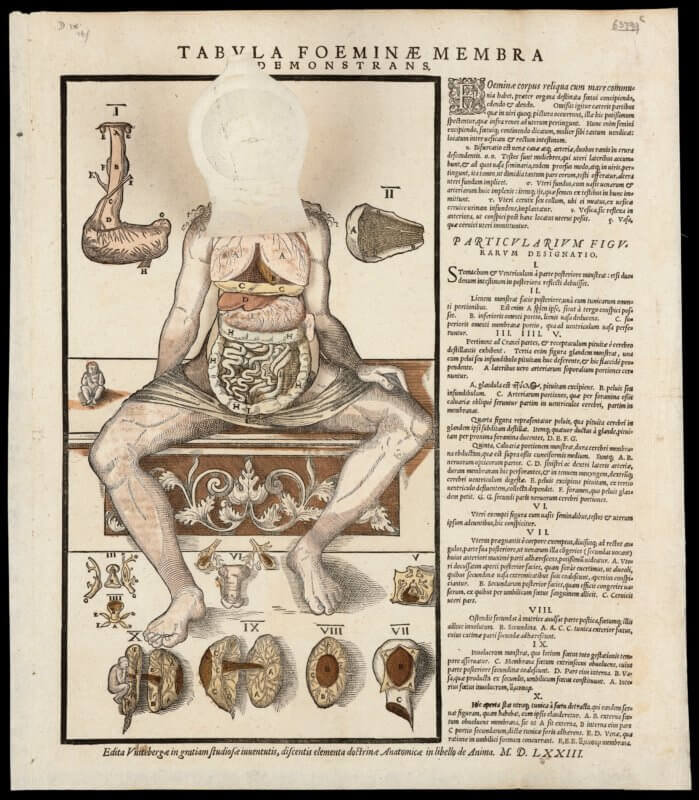
Anatomical fugitive sheet, flap 2 (1573)
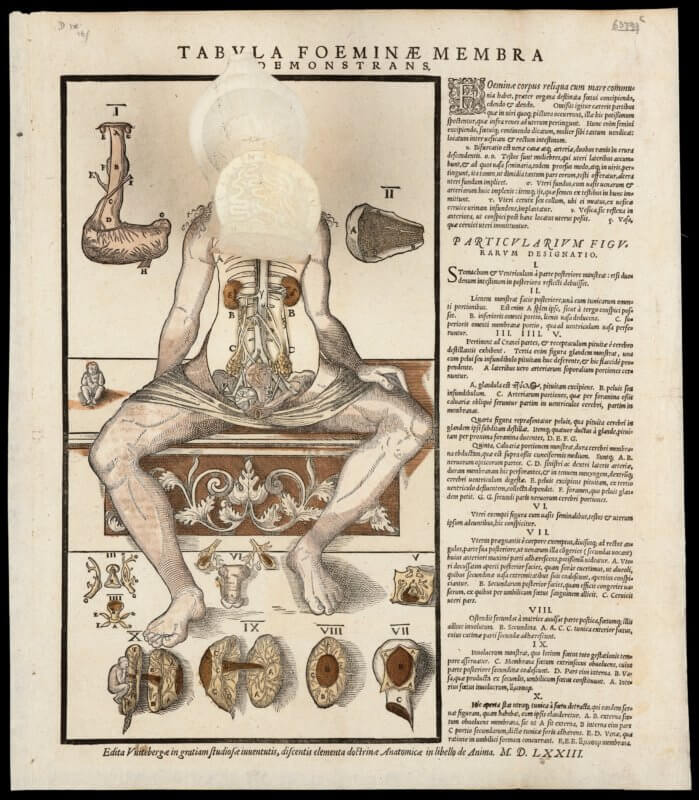
Anatomical fugitive sheet, flap 3 (1573)
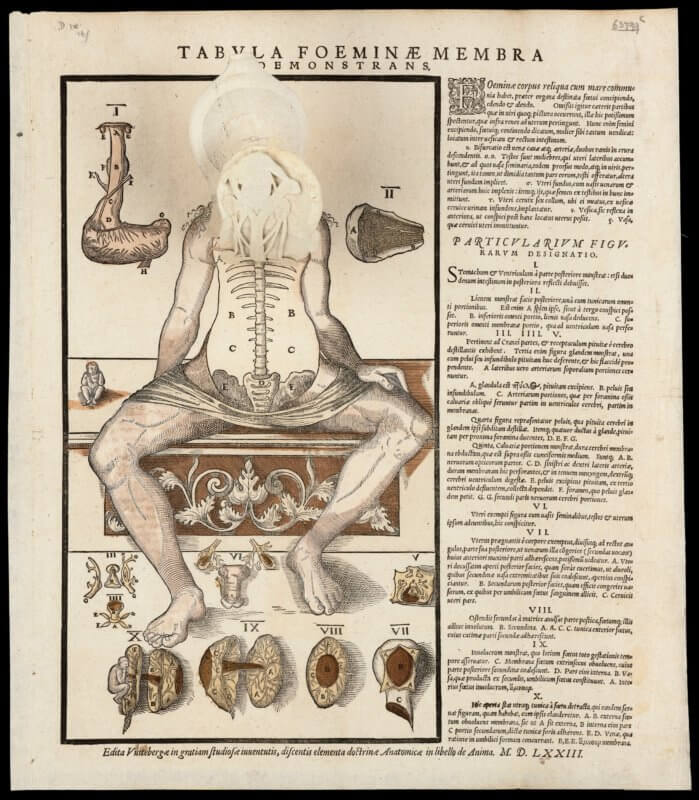
Balbi, Catholicon, 1460 (1r)
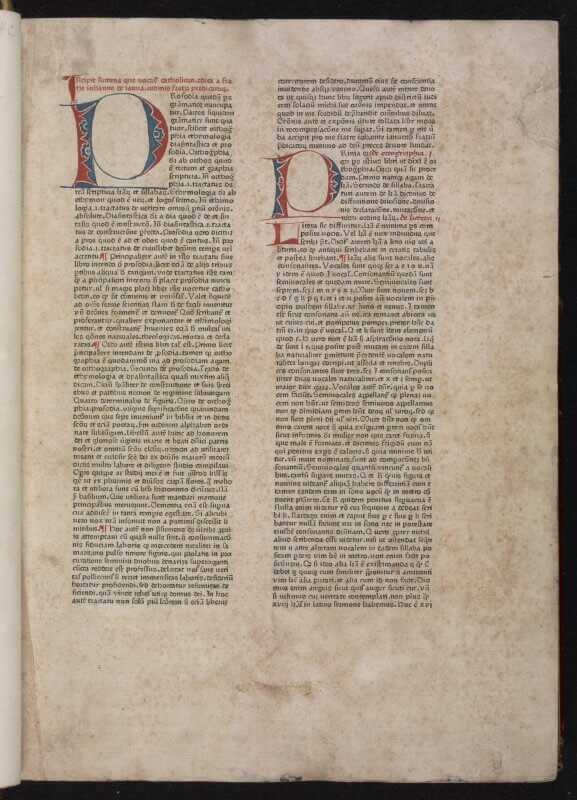
Jacobus, Golden Legend, 1472 (fol. 2r)
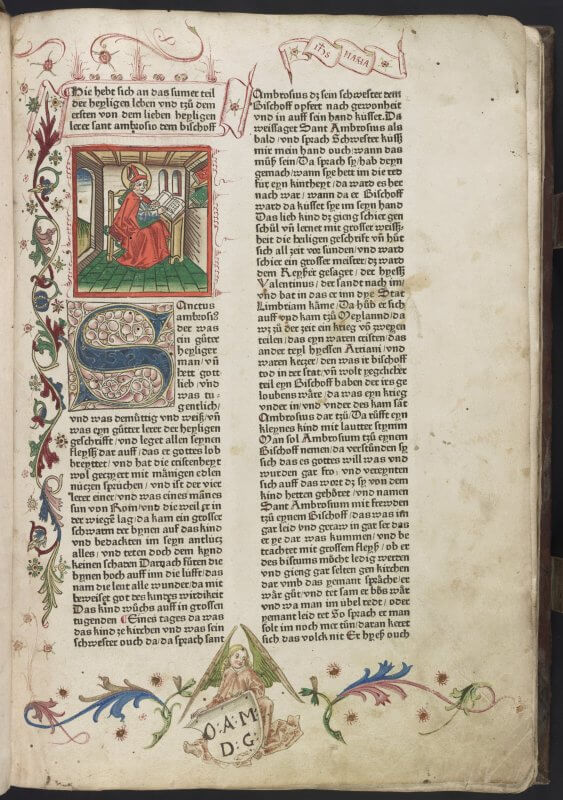
Jacobus, Golden Legend, 1472 (fol. 5r)
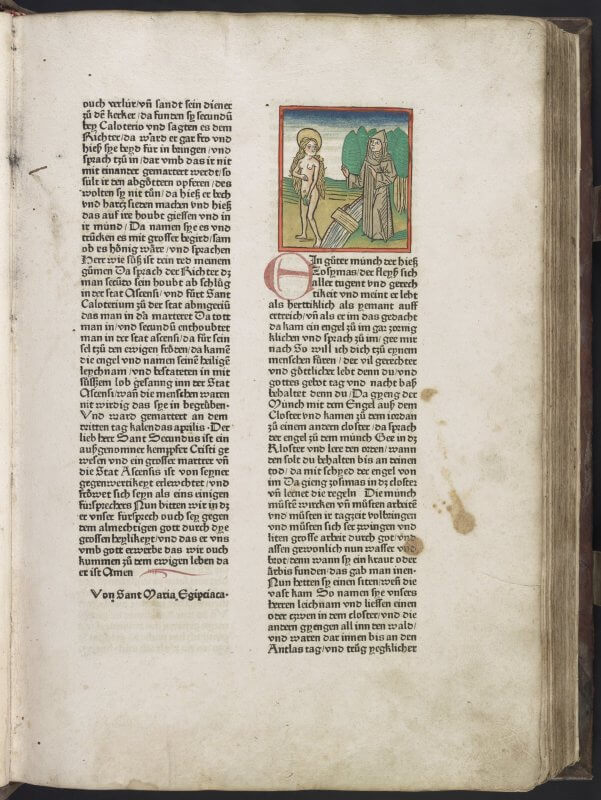
Mattioli, Herbarz, 1562 (fol. CXXXVIr)
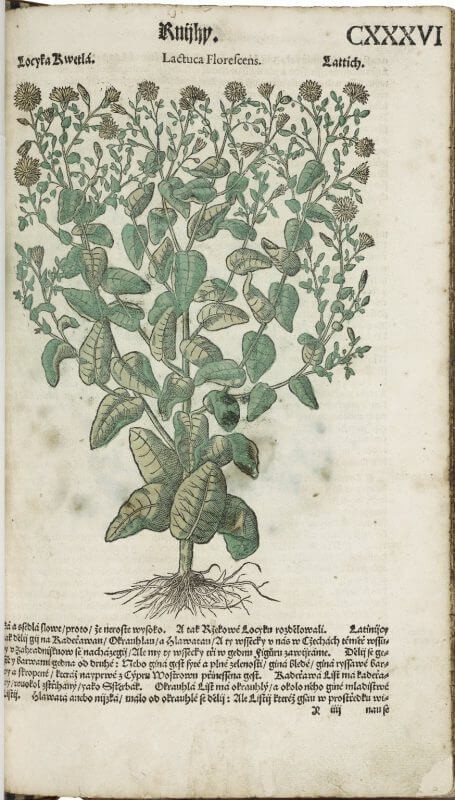
Ogilby, Aesop, 1668 (pl. 18)
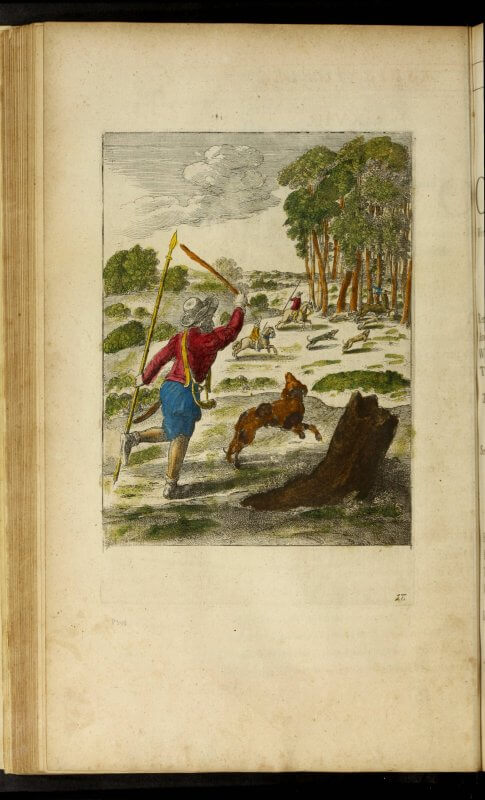
Ogilby, Aesop, 1668 (plate 18 verso)
